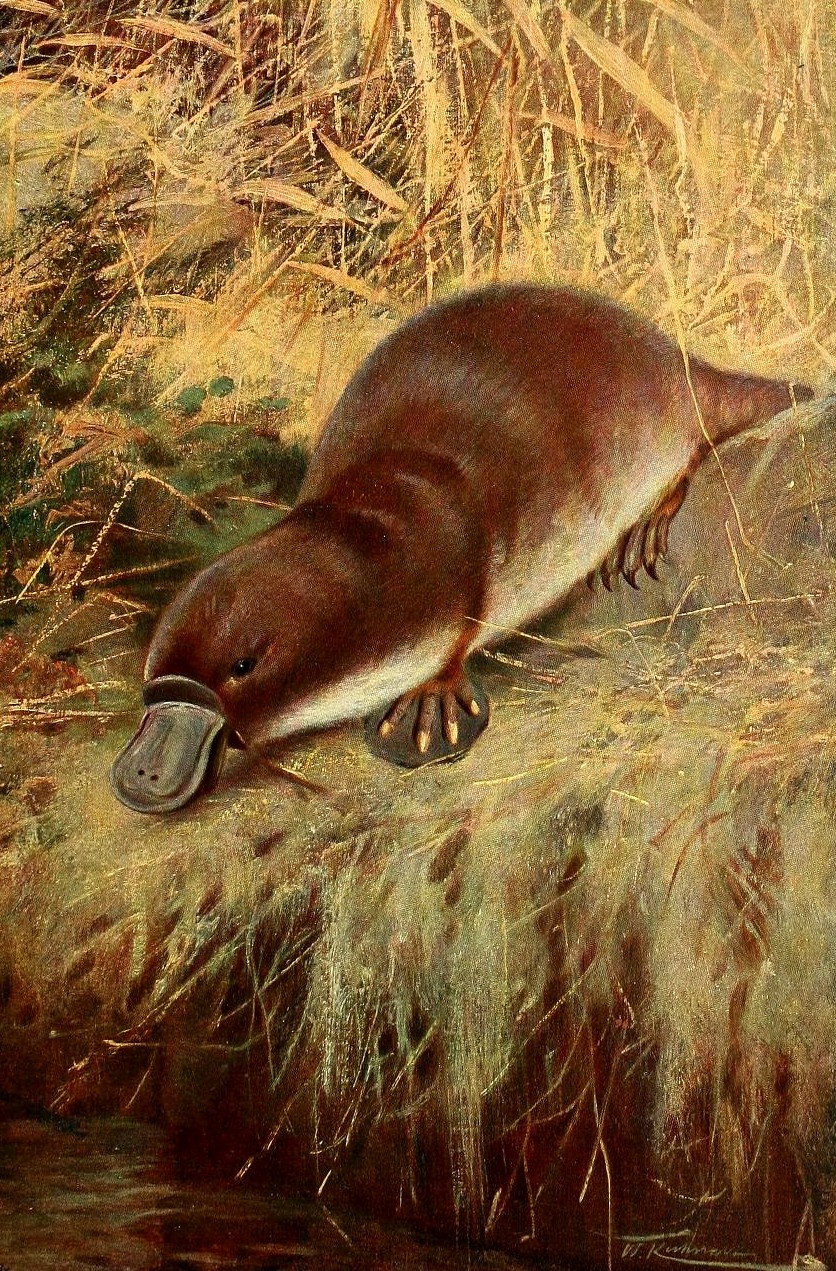The American platypus is a name that often sparks curiosity, blending the idea of an iconic Australian creature with the culture of the United States. While the term might not refer to an actual animal native to America, it represents a fascinating crossroads of biology, myth, and cultural significance. The platypus itself, scientifically known as Ornithorhynchus anatinus, is native to Australia and Tasmania, but its quirky features and unique evolutionary traits have captured the imagination of people worldwide, earning it a symbolic association in other regions, including America. This article dives deep into the biology, history, and cultural significance of this extraordinary creature, shedding light on why the platypus is often referred to in metaphorical and symbolic contexts as the "American platypus."
Often described as a mammal with a duck's bill, a beaver's tail, and otter-like feet, the platypus defies easy categorization. It is one of only five extant species of monotremes, mammals that lay eggs instead of giving live birth. This evolutionary marvel has a rich history that stretches back millions of years, offering insights into the complexities of life on Earth. Despite being native to Australia, the American fascination with the platypus stems from its peculiar design, adaptability, and inherent reminder of nature's unpredictability. Organizations, movements, and even brands in the United States have adopted the platypus as a symbol of uniqueness and resilience, further solidifying its cultural ties.
In this article, we will explore the many dimensions of the so-called "American platypus," focusing on its biology, evolutionary history, ecological significance, and cultural impact. By examining its characteristics and the myths surrounding it, we aim to uncover the reasons behind its enduring appeal. Whether you're a nature enthusiast, a student, or simply curious about this extraordinary creature, this comprehensive guide will provide you with everything you need to know about the platypus and its symbolic connections to America.
Table of Contents
- Biography and Basic Details
- Evolutionary History of the Platypus
- Physical Characteristics
- Behavior and Lifestyle
- Habitat and Geographical Range
- Ecological Significance
- Platypus in American Culture
- Mythology and Symbolism
- Scientific Research and Discoveries
- Conservation Efforts
- Threats to Platypus Populations
- Platypus as a Symbol of Uniqueness
- Comparison with Other Monotremes
- Frequently Asked Questions
- Conclusion
Biography and Basic Details
The platypus, a monotreme species native to Australia and Tasmania, is one of Earth's most enigmatic creatures. Its unique features make it a subject of fascination for scientists and the general public alike. While there is no actual species known as the "American platypus," the term has gained popularity in cultural contexts to symbolize resilience, adaptability, and uniqueness.
| Feature | Detail |
|---|---|
| Scientific Name | Ornithorhynchus anatinus |
| Common Name | Platypus |
| Native Region | Australia and Tasmania |
| Diet | Carnivorous (insects, larvae, shellfish) |
| Average Lifespan | 10-15 years |
| Conservation Status | Near Threatened |
With its duck-billed snout, webbed feet, and beaver-like tail, the platypus has long been a subject of intrigue. It is one of the only mammals to lay eggs, placing it in the unique category of monotremes. The species is often associated with water, as it lives in rivers and streams, feeding on aquatic creatures. Despite its peculiar appearance, the platypus is a highly efficient predator in its ecosystem.
In American culture, the platypus has been embraced as a metaphorical figure, representing innovation, adaptability, and defiance of convention. As more people seek to learn about this peculiar animal, its symbolic role in American culture continues to grow, making it a topic of both scientific and cultural significance. In the sections that follow, we will explore the biology, history, and impact of this fascinating creature in greater detail.
Article Recommendations
- Discover The Power Of 3041827 The Ultimate Guide
- Judge Judys Impressive Payout Uncovering The Judges Wealth
- Spotify Cto The Secret To Driving Innovation In A Fastpaced Industry

